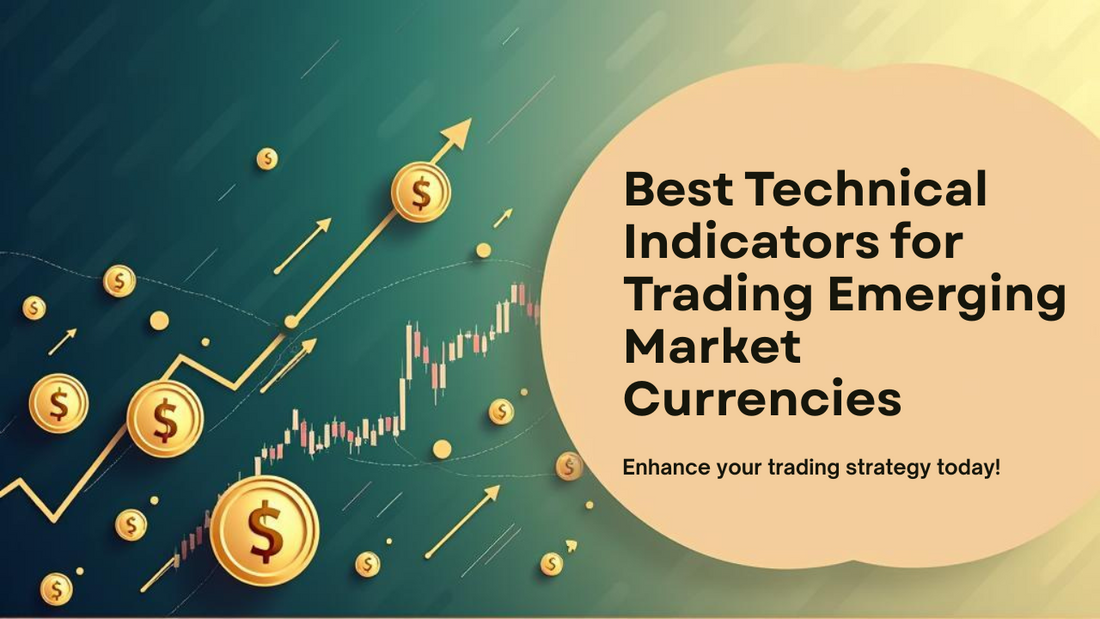
Best Technical Indicators for Trading Emerging Market Currencies
Share
When it comes to trading emerging market currencies, having the right technical indicators can make all the difference. These indicators are essential tools that help traders analyze market trends, identify potential entry and exit points, and make informed trading decisions. But with so many technical indicators out there, which ones are the best for trading emerging market currencies?
What are Technical Indicators?
Technical indicators are mathematical calculations based on an asset's price, volume, or open interest. They are used by traders to gain insight into the direction of price movements and to predict future price levels. These indicators can be classified into different categories, including trend-following indicators, momentum indicators, volatility indicators, and volume indicators.
Which Indicators Work Best for Emerging Market Currencies?
When trading emerging market currencies, it's important to use indicators that are specifically tailored to the unique characteristics of these markets. Some of the best technical indicators for trading emerging market currencies include:
1. Moving Averages
Moving averages are one of the most popular and widely used technical indicators. They help smooth out price data to identify trends over a specific period. Traders often use a combination of short-term and long-term moving averages to confirm trends and potential reversal points in emerging market currencies.
2. Relative Strength Index (RSI)
The Relative Strength Index (RSI) is a momentum oscillator that measures the speed and change of price movements. It can help traders identify overbought or oversold conditions in emerging market currencies, signaling potential trend reversals.
3. Bollinger Bands
Bollinger Bands consist of a middle band and two outer bands that measure volatility in the market. Traders use Bollinger Bands to identify potential entry and exit points in emerging market currencies, especially during periods of high volatility.
4. Fibonacci Retracement
Fibonacci Retracement levels are horizontal lines that indicate potential support and resistance levels based on the Fibonacci sequence. Traders use these levels to identify key price levels in emerging market currencies and to anticipate potential price reversals.
5. Stochastic Oscillator
The Stochastic Oscillator is a momentum indicator that compares a currency pair's closing price to its price range over a specific period. Traders use the Stochastic Oscillator to identify overbought or oversold conditions in emerging market currencies, helping them make more informed trading decisions.
By incorporating these technical indicators into their trading strategies, traders can gain valuable insights into the behavior of emerging market currencies and improve their chances of success in this dynamic and challenging market.



